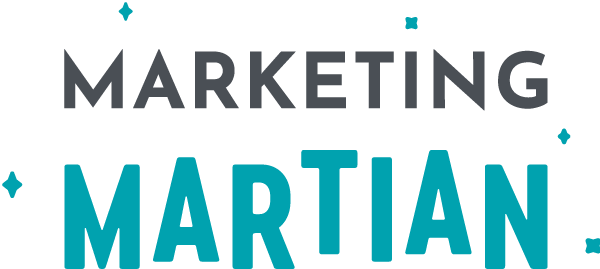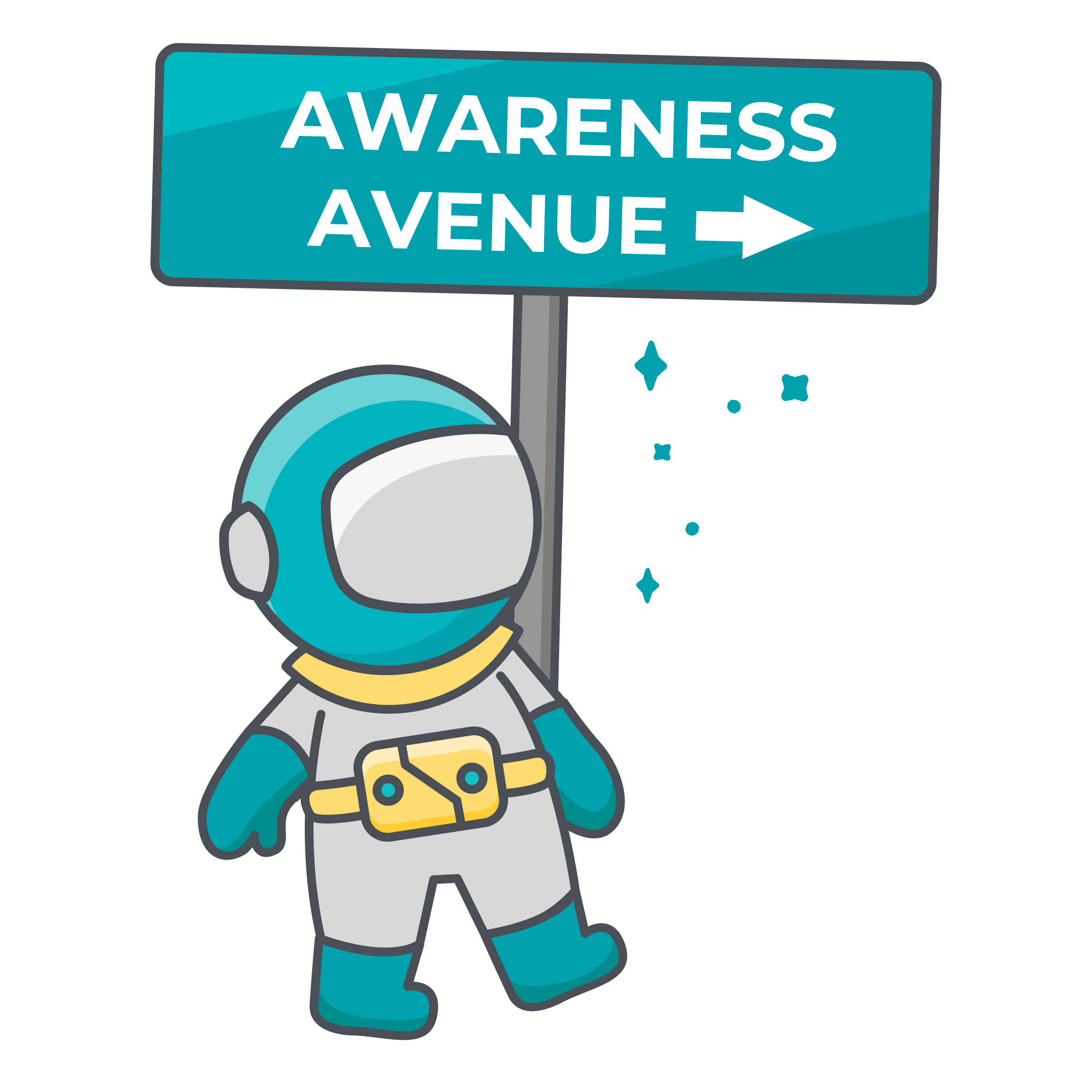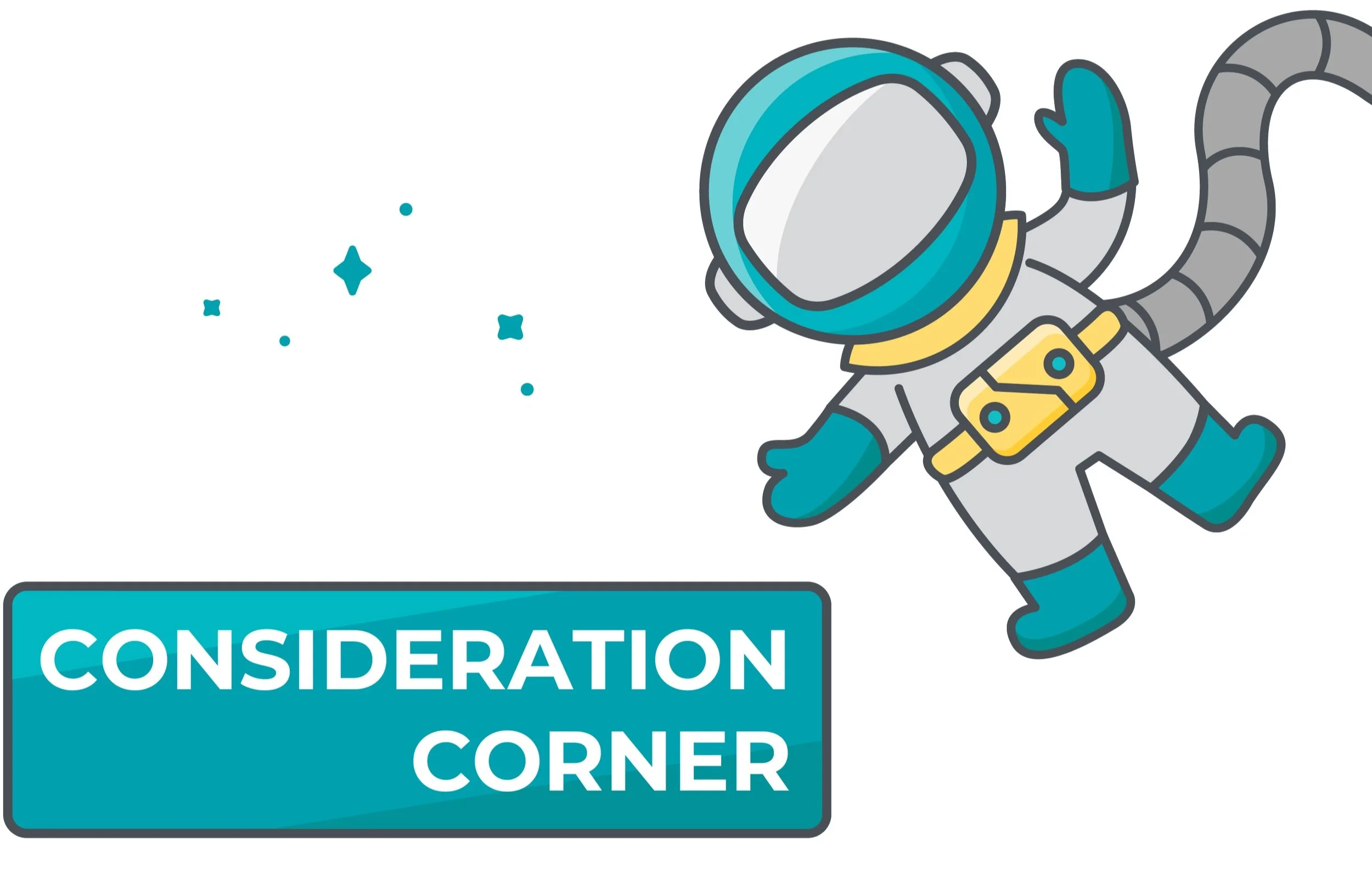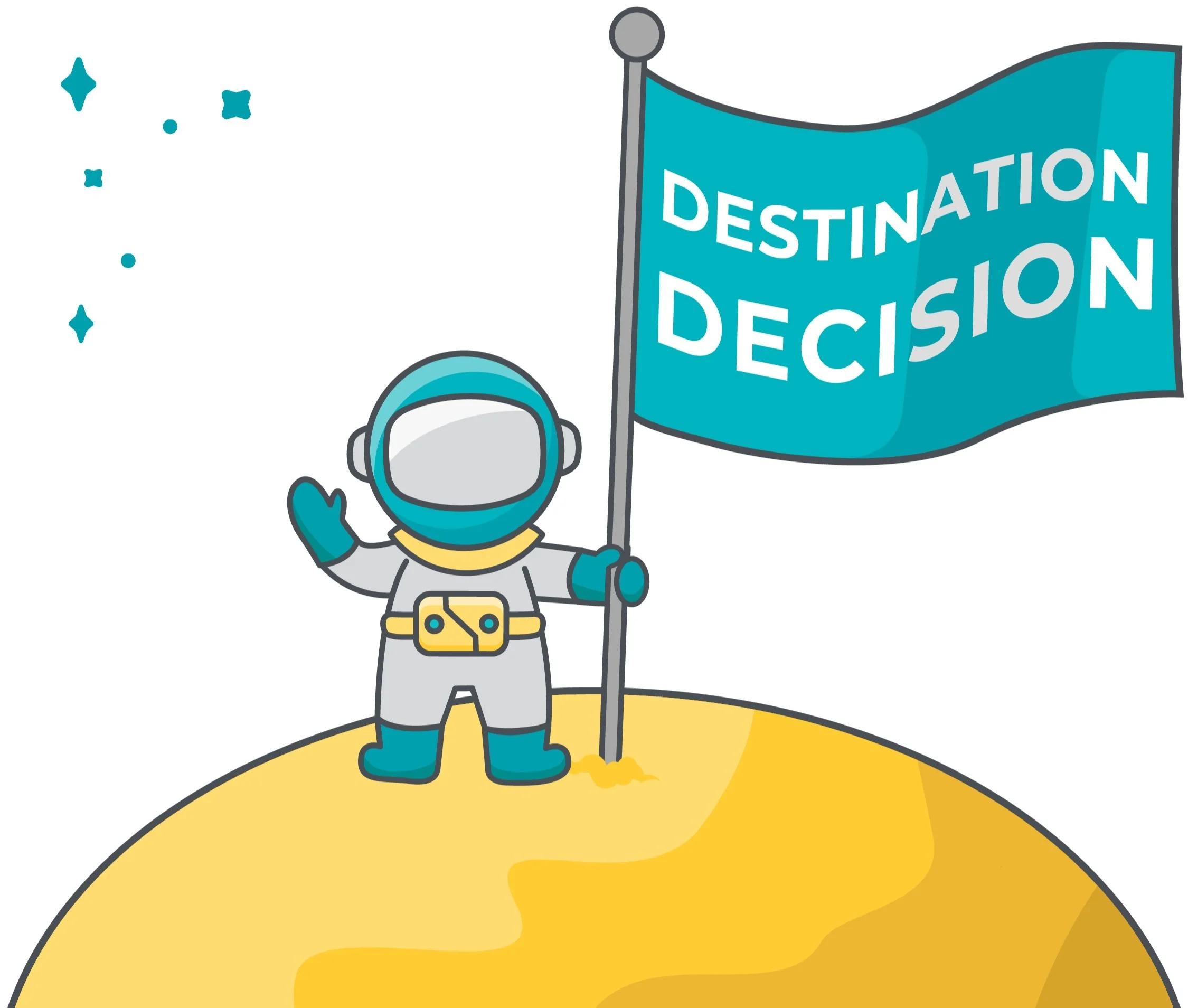The Beginner’s Guide to the Buyer’s Journey
When it comes to marketing, do you ever feel like you’re shouting into a dark digital abyss? Hoping that someone…anyone…hears you?
You’re not alone. There’s a lot of noise online, and getting a meaningful message to your audience can feel like a guessing game. That said, you don’t need to be a mind reader to get your marketing right—you just need a good map.
Turns out, there is one. That map is called the buyer’s journey, and it’s the path a customer takes from becoming aware of a problem to making a decision to purchase. It’s called a journey for a reason…because consumers are not always making instantaneous impulse buys. They’re using the vast resources at their fingertips to explore all the options before they commit to you and your brand. But, if you have a guide that outlines each step on that buyer’s journey, you can meet your customer where they’re at and make sure your message addresses their questions and concerns at each unique stage.
A customer typically moves through three stages in the buyer’s journey:
Awareness
Consideration
Decision
By the way, we know we’re using words like “consumer” and “customer,” but this information applies even if you’re not selling a product or service. You might be seeking donors for a fundraising campaign or participants for a clinical trial. Those individuals also go through the “buyer’s journey” before they commit to your cause. So read on!
1. Awareness Avenue
First stop: Awareness Avenue. Your potential customer is strolling along, when they realize they have a problem or challenge. But they keep walking—consumers often experience a problem multiple times before they look for a long-term solution.
In this stage, customers are casually searching for how they might solve their problem. This involves researching, gathering information, and exploring all the options available to them. So how do you meet your audience in this first stage of their journey? You show up as a helpful source of information through content like checklists, blog posts, and valuable resources. This way, the customer will be more likely to return to you when they move into the next stage of the buyer’s journey.
Road sign: People typically need seven interactions with your brand before they’ll trust you enough to make a purchase or work with you. That’s why it’s important to reach them in this early stage on their path to making a purchase.
How to reach your customers during the awareness stage:
Checklists
Comparison tools
Planning tools
Videos
Blog posts
Helpful tips + tricks
Inspiration such as mood boards
Educational content such as webinars, email courses, white papers, e-books, etc.
2. Consideration Corner
Your audience has officially reached a crossroads. They’ve paused on their stroll and are evaluating which way they’ll go. At Consideration Corner, the consumer has options. This is where they will evaluate if your product, service, or cause meets their needs. They’ll be looking for reviews, case studies, FAQs, expert guides, and webinars.
Reaching consumers in the consideration stage might include:
FAQs
Expert How-To Guides
Webinars
Consultations
Live Interactions or Q&A sessions
Comparison of features and pricing
Targeted emails specific to their needs
Customer reviews and testimonials
3. Destination Decision
The customer has reached the most important stop on their journey: Destination Decision. If you’ve successfully answered their questions and met their needs during the consideration stage, you just have to give them the final nudge to close the sale. This might look like a specific promotion or a free consultation.
Road sign: 57% - that’s how far the average B2B buyer is through the purchase decision journey before engaging a supplier sales representative. (source here)
How to encourage a buyer to act in the decision stage:
Feature comparison
Pricing levels or tiers
Case studies and testimonials
Calls to action
Promotions and offers
How to Align Marketing Tactics with the Buyer’s Journey
Now that you’ve got a guide for the key stops along the buyer’s journey, it’s time to match your marketing tactics to each of those three stages. You want to make sure people see the right message, in the right place, at the right time. Even the best promotion won’t be successful if your buyer is seeing it in the awareness stage!
Building a Journey Map
To get this strategy right, our team here at Marketing Martian runs an exercise we call “journey mapping.” We host a collaborative meeting that usually involves sales staff, customers, and any other key stakeholders. Ideally, we’ll be able to review feedback from those you’ve worked with before, people who have chosen not to buy your product, or members of your target audience. Our goal is to find out what a potential customer, donor, or study participant will think, feel, and do at each stage of the buyer’s journey.
By speaking with people who can relate to the motivations and mindset of those we’re trying to reach, we learn where to reach your customers, what motivates them, any barriers to purchasing, and language we can use to address those concerns from the start.
By focusing on your customer’s concerns, rather than features and benefits of your product, your marketing will stand out as empathetic, relevant, and helpful. When customers feel like you understand them and their problems, they’re more likely to choose your product or service over your competitors.
Well, it’s time to stop hitting launch on your marketing campaigns and crossing your fingers. By tracking your customers through the buyer’s journey, you can be confident your messages are meeting them where they’re at. And expert help is always here—if you’re interested in running a journey mapping exercise with our team, reach out today! You can also download our free journey mapping template.



